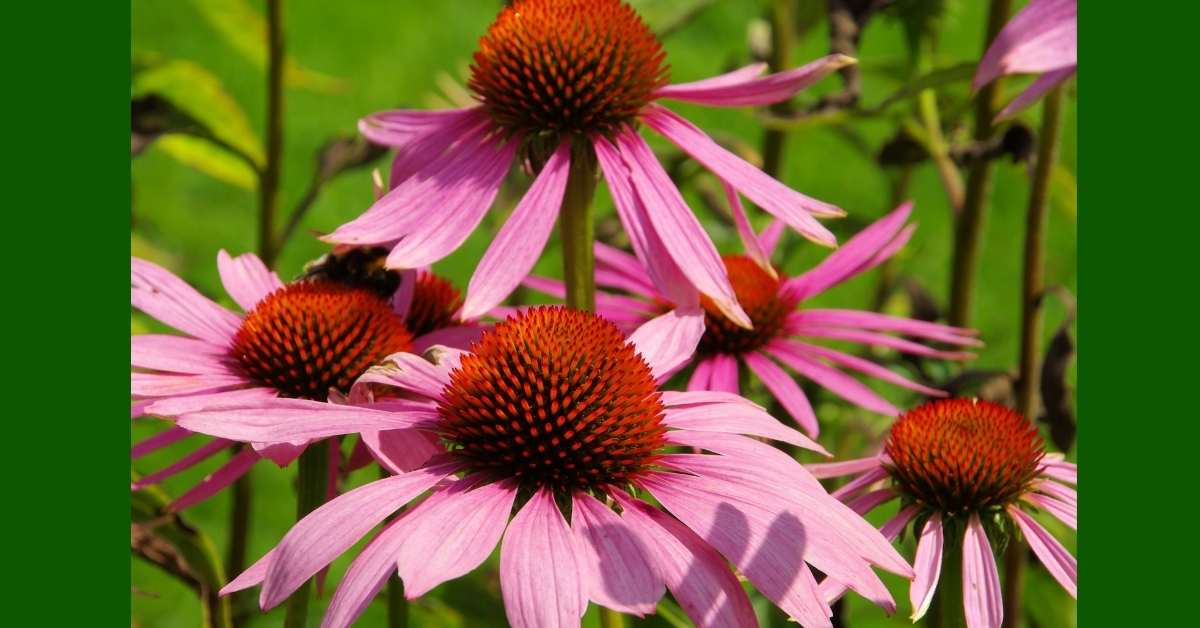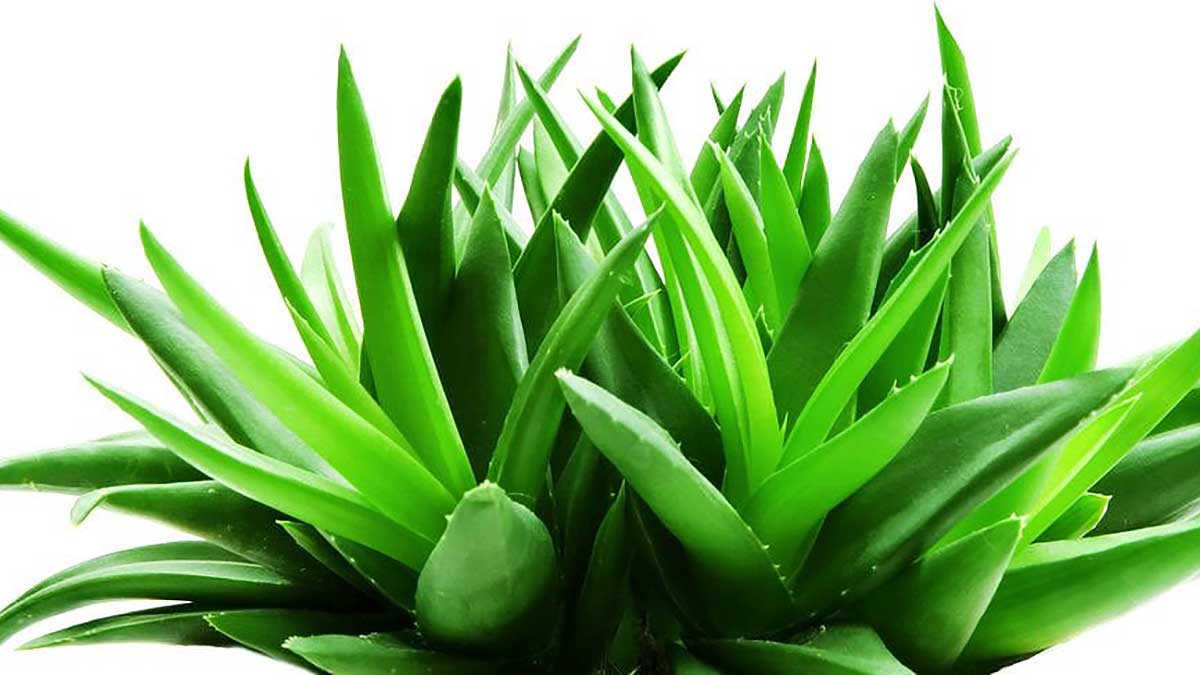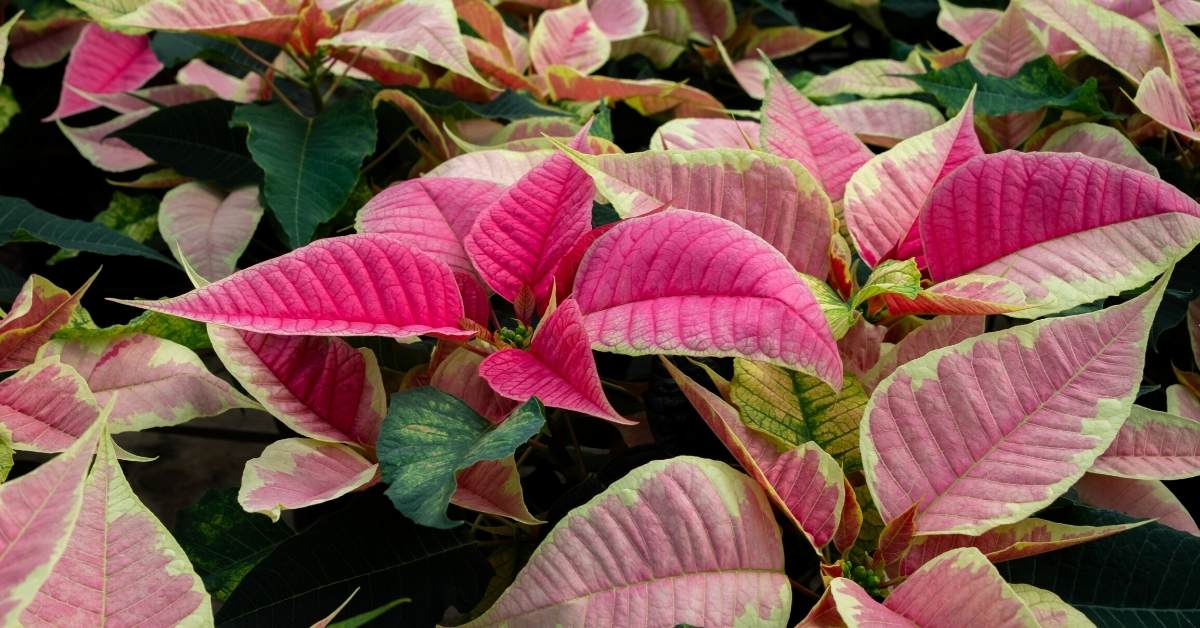Purple Coneflower, AKA Echinacea purpurea, is one of the most delicate perennial flowers for late summer and early autumn.
It belongs to the Compositae family, which is simply a botanist’s way of saying “daisy family,” and anybody who has ever looked at one could have told them that.
The Name
I’ve always thought of the coneflower slightly backward flower petals as daisies-in-a-hurry. Long-lasting in my garden, they bloom right through July and August, particularly if deadheaded and not allowed to go to seed.
The name Echinacea comes from the Greek echinos or hedgehog. I’m sure this was an allusion to the prickly nature of the seedhead. The specific epithet (second name) of purpurea refers to the reddish-purple tone of the flower.
So, if you’ve been following all that – we have a flower that resembles a reddish-purple hedgehog. It sounds just about suitable for my garden.
Herbal Use of Caneflower
Many of you are probably aware of the coneflower’s medicinal properties. Its roots are used as an immune booster; if taken for a few days before cold sets in, it is said to help prevent the virus’s worst symptoms. A word of advice to the wise: it should only be used for a few days or one week at most, according to current research. Long-term usage weakens the impact.
I’m not sure which of the coneflower’s resins, fatty acids, glycosides, or other more esoteric chemicals is meant to perform this job. However, I am aware of a 1915 research that concluded Echinacea had neither antimicrobial nor aphrodisiac properties.
As a result, it is safe to use for a cold and has no adverse side effects.

Growing Conditions
The coneflower, or Echinacea, is a family as a whole like the open, bright landscape. It is a wonderful plant for that hot, dry area since it thrives in drier gardens than most other plants.
It will need water to establish new plants, but once established, it will be able to survive without it. The great thing about this plant is that it can handle some mild shade and thrive in excellent soil.
Heavy clay soils or continuously moist soils are the only things that can reduce the coneflower’s lifetime; it does not like its roots to be continually wet. It prefers a well-drained environment.
I’ve discovered that the plant thrives in relatively rich soils and that if there’s enough water available in mid-summer when it’s laying seed, there’s no difficulty growing additional plants.
Propagation
In my yard, the coneflower self-sows profusely. You may grow them from seeds gathered from a friend’s garden, or you can simply move them between friends by whacking off a division from an established plant.
Root cuttings may also propagate this one for the botanically inclined. If one of the better types does not come true from seed, division or root cuttings will readily increase the numbers.
Video ‘Complete Guide to Purple Coneflower – Echinacea purpurea’
Good Varieties
Echinacea purpurea is the most common species found in garden centers, and breeders are starting to develop some exciting cultivars.
‘White Star’ is a pale white form. I’ve had this in the garden, and let me caution you not to let this plant self-sow. It does not breed true so that all offspring will revert darker and darker back to the species purple-pink.
If you want more than one of these plants, you’ll have to sow extra seeds and grow them yourself. This plant is an easily started perennial daisy, and if you start your own perennials, it will present no problems.

‘Magnus’ is another seed-started cultivar making the rounds, and it has a slightly darker flower than the species. I like this one, but it too doesn’t breed true – at least it never did in my garden.
There is a whole range of new hybrids on the market, including the double ‘Razzmatazz,’ fragrant white ‘Fragrant Angel’ including yellows and oranges galore.
These are all wonderful plants, and I recommend them highly. It is almost impossible to keep up with them all.
Other Interesting Species:
Pale Purple Coneflower (Echinacea pallida)

You might consider two related plants growing in your wild garden area: Echinacea pallida and E. Angustifolia.
Echinacea pallida is a paler form of coneflower; the flower is a light purplish pink, as its name “pallida” would suggest. I’ve had this plant several times, and it has died out for me.
I think I treated it too well, growing it in the good soil of the perennial border where it got too soft to survive the winter and collected too many of the seeds to allow it to self-sow.
Echinacea Angustifolia is quite hardy with a light purplish bloom (more purple than pink) but is not an exceptional garden plant compared to E. purpurea. I’ve grown it as well and would consign it to the cutting wild garden out in the dry wild meadow.
So, grow these hardy coneflowers in your sunny perennial border if you look for an excellent mid to late summer blooming perennial. And, if you get too many, you can always dig the roots to stop those early winter colds safely.

